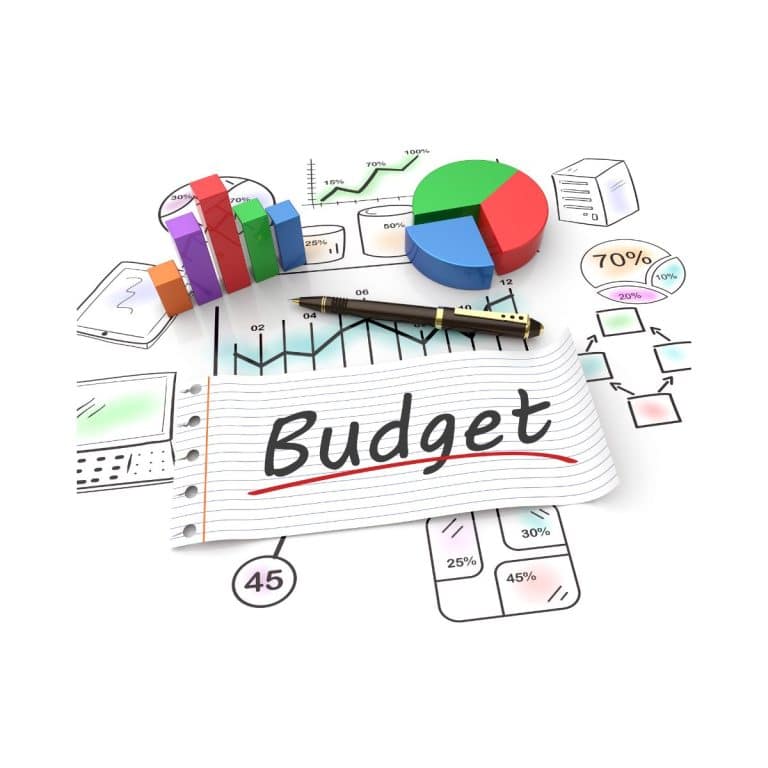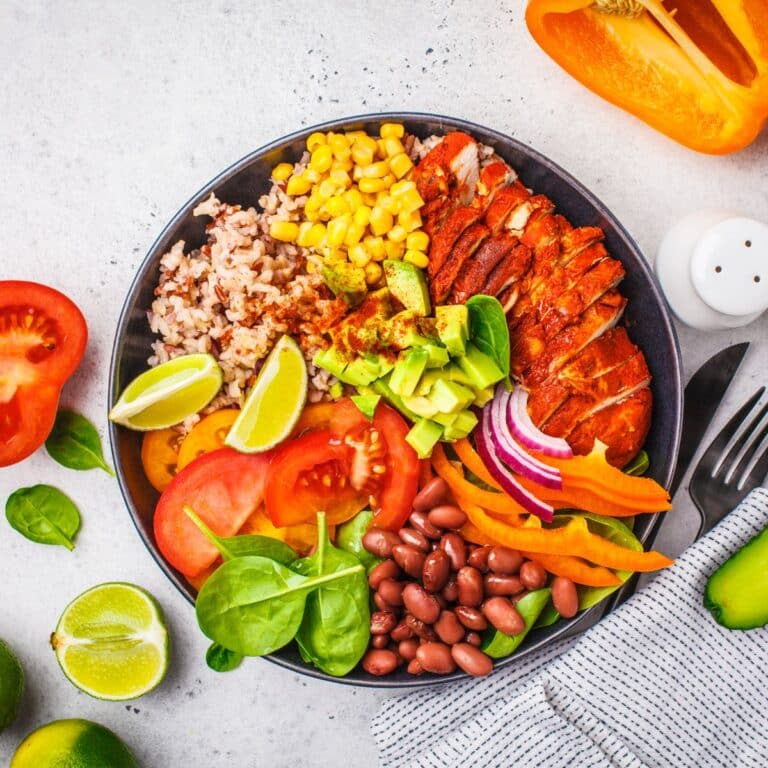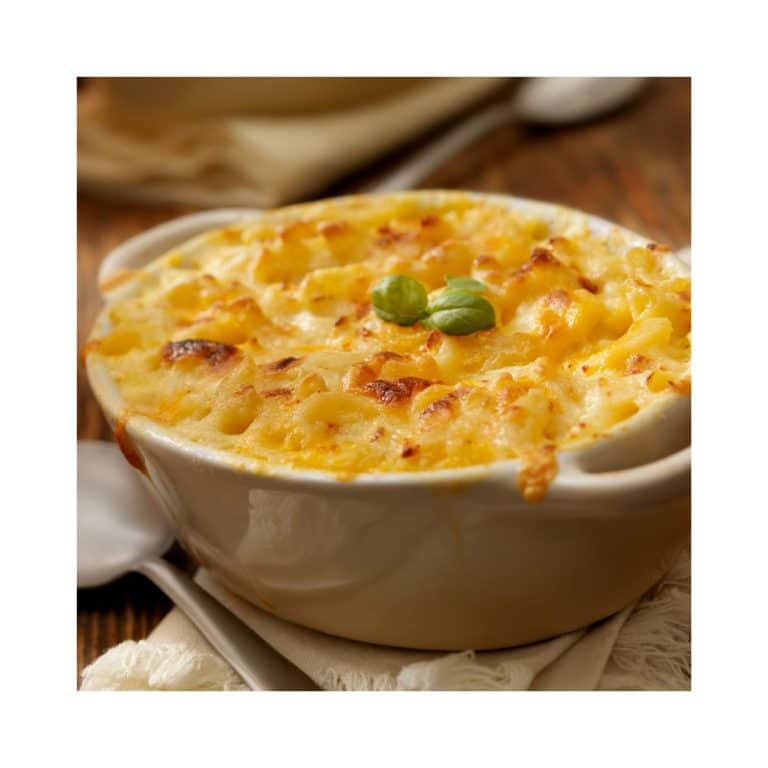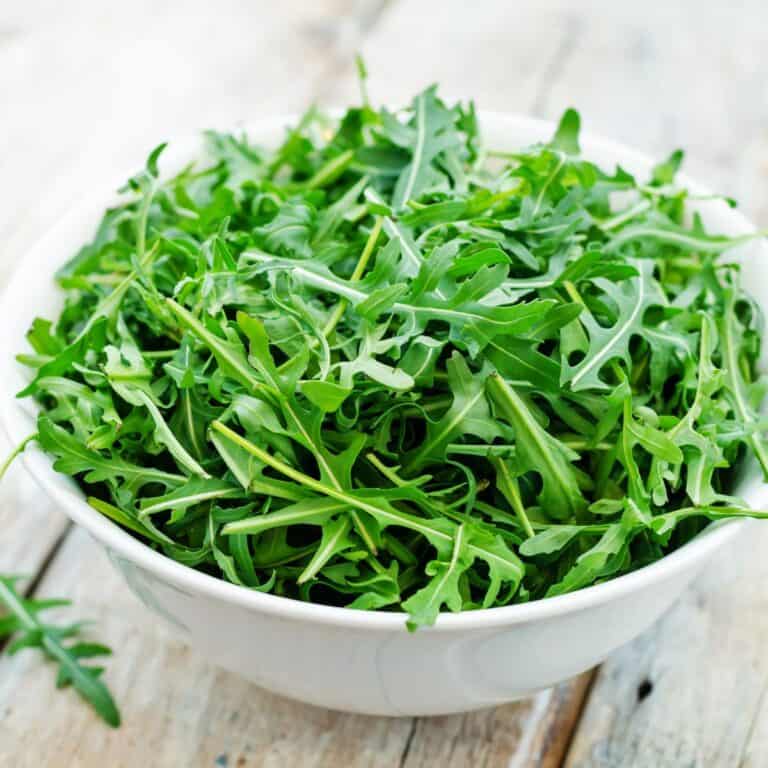The easiest guide for planning what to eat while on semaglutide. These foods are shelf-stable and will set you up for success!

Have you ever come home from work full of intention and motivation to cook dinner at home, only to find an empty pantry and nothing to work with? Even when you are doing everything right, there are times when you have trouble knowing what to eat while on semaglutide. Sometimes cooking at home sounds totally do-able, but making that extra stop at the grocery on the way home is where we can lose steam. Making sure you have a few pantry staples that fit your semaglutide goals can be that make-or-break factor between whipping up something homemade or grabbing your phone to order from Postmates, yet again. Download the Pantry Essentials list below.
“By failing to prepare, you are preparing to fail”.
Benjamin Franklin

WHAT TO EAT WHILE ON SEMAGLUTIDE: STEPS TO BUILDING A HEALTHY PANTRY
Skip the information overload – buy the following foods to stock your pantry to set yourself up for success
- Canned Proteins: We all know how important it is to consume protein, but it is even more valuable for someone taking semaglutide to eat lean protein every meal. Adding protein to your diet helps reduce blood sugar spikes post-meal, enhancing the feeling of fullness and helping you to not overeat. A good guideline is to fill ¼ of your plate with protein. There are many protein sources that you can stock in your pantry including salmon, tuna, chicken and non-animal sources like legumes and beans. These types of foods are low in saturated fat and calories, which can help you lose weight.
- Grains & Pasta: Complex carbs like quinoa, whole wheat pasta, or brown rice are full of fiber. They are also easy to digest and absorb slowly into the bloodstream, unlike their counterpart, refined carbohydrates. As a result, complex carbs help cause a slower, lower rise in blood sugar levels and help you feel full longer throughout the day. When loading up your plate for a meal, try to fill it with ¼ complex carbs. Stocking your pantry with these items will allow you to make dinner in a snap!
- Vegetables & Fruit: There are many different types of fiber found in foods that fall under the two umbrellas of soluble and insoluble fibers. For example, pectin is a type of soluble fiber in fruits, while cellulose is an insoluble fiber that makes up the skins of some fruits and vegetables. Fiber is also classified based on its fermentability by gut bacteria. Certain fibers fuel gut bacteria and lead to fermentation that produces beneficial byproducts.
- Healthy Fats: For long-term health, some fats are better than others. Good fats include monounsaturated and polyunsaturated fats. Bad ones include industrial-made trans fats. Saturated fats fall somewhere in the middle. Some healthy fats that you can add to your pantry include: extra virgin olive oil (EVOO), avocado oil, nut butters, nuts, and seeds.
- Flavor Boosters: Healthy food does not have to be boring and tasteless. Filling your pantry with foods like herbs, spices, vinegar or salsa can easily transform simple dishes.
CONCLUSION: WHAT TO EAT WHILE ON SEMAGLUTIDE – STEPS TO BUILDING A HEALTHY PANTRY
Remember, creating a semaglutide diet plan doesn’t have to be complicated. These steps to building a healthy pantry are a great starting point. You might also like my semaglutide starter meal plan for delicious and dietitian-approved recipes that are specifically formulated for patients on semaglutide.
If you want to do more research, remember to always choose reputable sources that back their claims with scientific references, like the National Institutes of Health.





